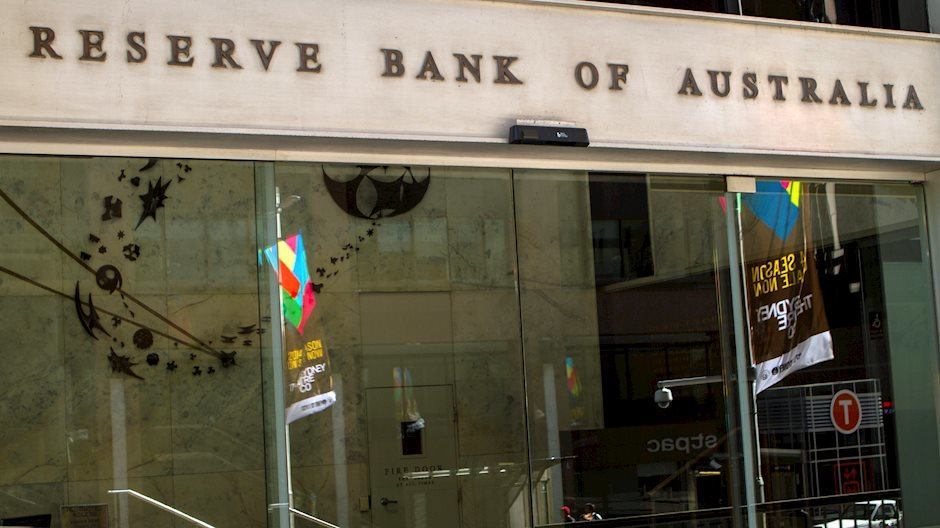RBA Minutes: The bank did not consider the case for an interest rate rise

The Reserve Bank of Australia (RBA) published the Minutes of its March monetary policy meeting on Tuesday, highlighting that the Board members did not consider the option for an interest rate rise. Additional details of the RBA Minutes suggest that it was difficult to either rule in or out future changes in the cash rate.
Key takeaways
“No mention in minutes that board considered option to raise rates.”
“Board agreed it was difficult to either rule in or out future changes in cash rate.”
“Economic outlook uncertain but risks seemed broadly balanced.”
“Would take "some time" before board could be confident inflation returning to target.”
“Upside risks to inflation had not yet materialised, while consumption was very weak.”
“Inflation high but gradually returning toward target, labour market easing.”
“Gap between demand and supply in economy "closing relatively quickly”.”
“Board judged demand would continue to exceed supply for a time
Labour market a little tighter than consistent with inflation at target.”
“Wage growth may have peaked, but not expected to decline quickly.”
“Recovery in productivity needed to balance high unit labour “costs.”
Overall financial conditions remained restrictive, particularly for households.”
Market reaction
At the time of writing, the AUD/USD pair is trading near 0.6488, holding lower while losing 0.01% on the day.
Australian Dollar FAQs
One of the most significant factors for the Australian Dollar (AUD) is the level of interest rates set by the Reserve Bank of Australia (RBA). Because Australia is a resource-rich country another key driver is the price of its biggest export, Iron Ore. The health of the Chinese economy, its largest trading partner, is a factor, as well as inflation in Australia, its growth rate and Trade Balance. Market sentiment – whether investors are taking on more risky assets (risk-on) or seeking safe-havens (risk-off) – is also a factor, with risk-on positive for AUD.
The Reserve Bank of Australia (RBA) influences the Australian Dollar (AUD) by setting the level of interest rates that Australian banks can lend to each other. This influences the level of interest rates in the economy as a whole. The main goal of the RBA is to maintain a stable inflation rate of 2-3% by adjusting interest rates up or down. Relatively high interest rates compared to other major central banks support the AUD, and the opposite for relatively low. The RBA can also use quantitative easing and tightening to influence credit conditions, with the former AUD-negative and the latter AUD-positive.
China is Australia’s largest trading partner so the health of the Chinese economy is a major influence on the value of the Australian Dollar (AUD). When the Chinese economy is doing well it purchases more raw materials, goods and services from Australia, lifting demand for the AUD, and pushing up its value. The opposite is the case when the Chinese economy is not growing as fast as expected. Positive or negative surprises in Chinese growth data, therefore, often have a direct impact on the Australian Dollar and its pairs.
Iron Ore is Australia’s largest export, accounting for $118 billion a year according to data from 2021, with China as its primary destination. The price of Iron Ore, therefore, can be a driver of the Australian Dollar. Generally, if the price of Iron Ore rises, AUD also goes up, as aggregate demand for the currency increases. The opposite is the case if the price of Iron Ore falls. Higher Iron Ore prices also tend to result in a greater likelihood of a positive Trade Balance for Australia, which is also positive of the AUD.
The Trade Balance, which is the difference between what a country earns from its exports versus what it pays for its imports, is another factor that can influence the value of the Australian Dollar. If Australia produces highly sought after exports, then its currency will gain in value purely from the surplus demand created from foreign buyers seeking to purchase its exports versus what it spends to purchase imports. Therefore, a positive net Trade Balance strengthens the AUD, with the opposite effect if the Trade Balance is negative.
Author

Lallalit Srijandorn
FXStreet
Lallalit Srijandorn is a Parisian at heart. She has lived in France since 2019 and now becomes a digital entrepreneur based in Paris and Bangkok.

















